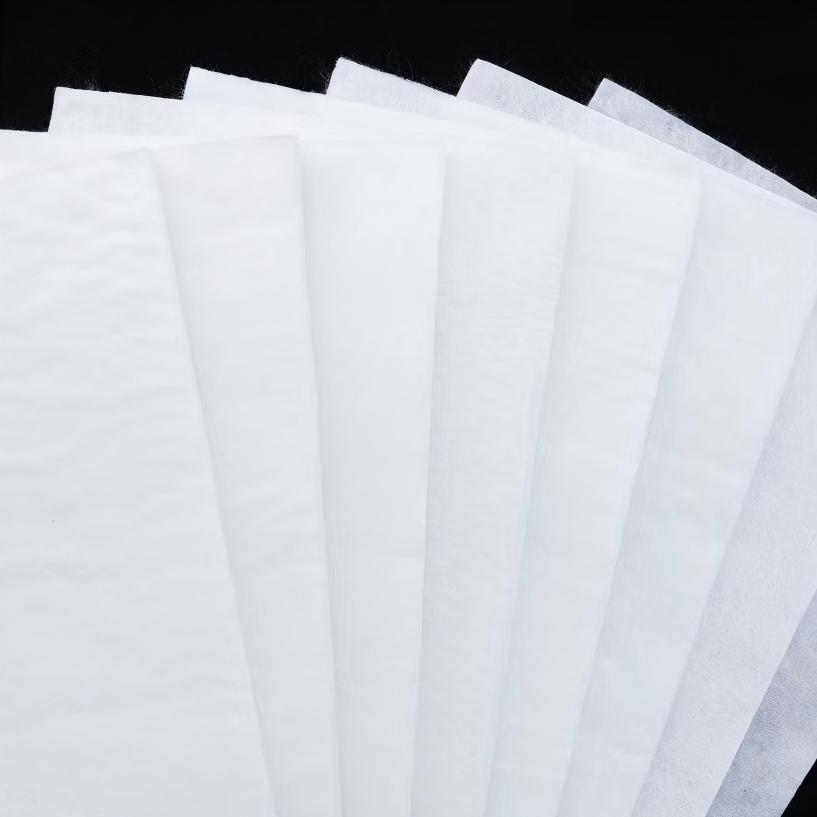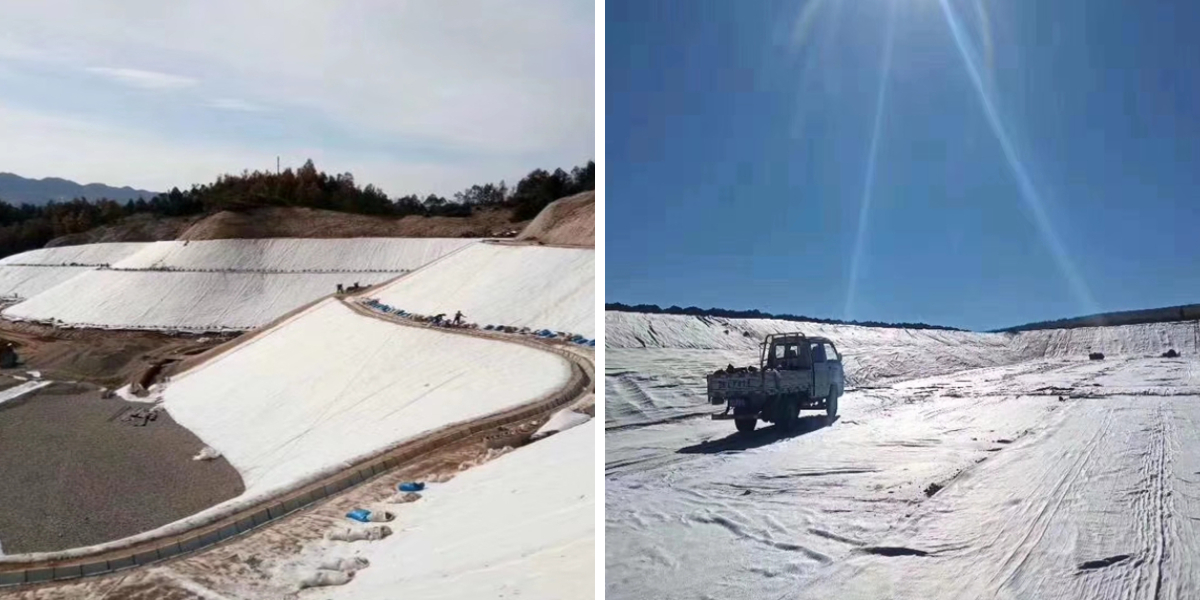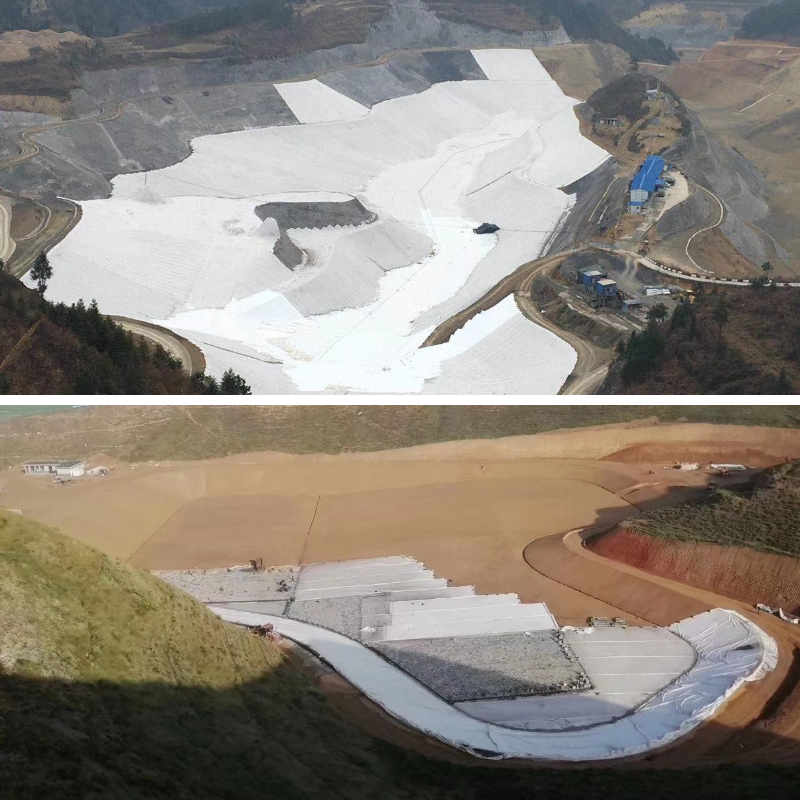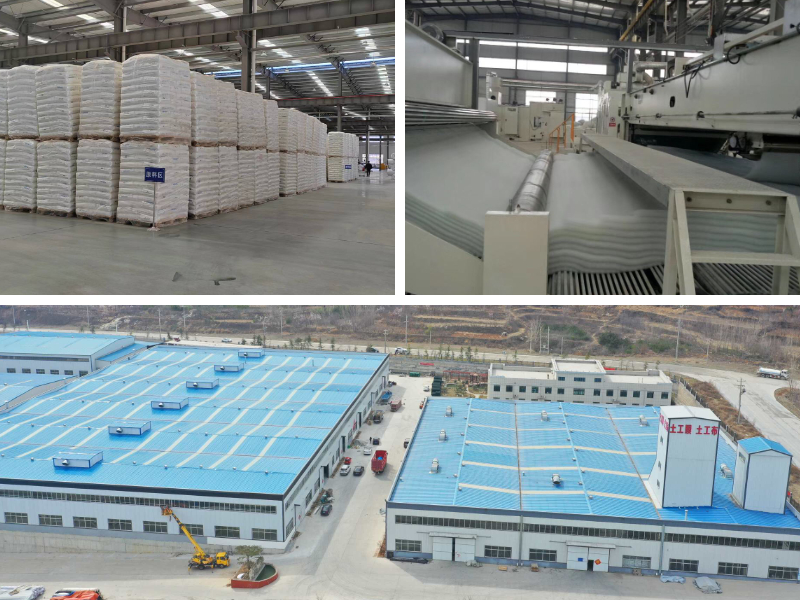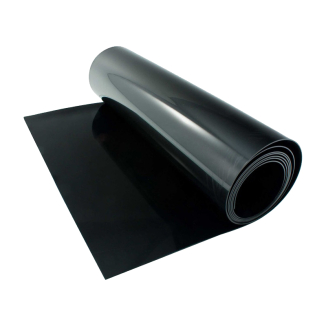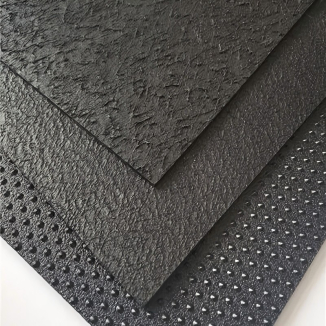Geotech Filter Fabric
1. Lower cost: High production efficiency, lower material unit price and transportation/construction costs compared to traditional materials, especially suitable for large-scale projects.
2. Better performance: It can meet the needs of filtration and drainage, and enhance soil stability through reinforcement, reducing engineering settlement and deformation.
3. Good environmental friendliness: Most geotextiles use recyclable or biodegradable materials, which have minimal environmental damage during construction and can reduce excavation and waste discharge.
4. Wide applicability: not limited by climate and terrain, can be used in complex environments such as wetlands, steep slopes, and high cold, and can be combined with other materials to improve engineering effectiveness.
Product Introduction:
Geotech Filter Fabric is a permeable geosynthetic material made from synthetic fibers such as polyester (PET) and polypropylene (PP) through needle punching, weaving, or thermal bonding processes. The finished product is in the form of cloth, with a width of usually 4-6 meters and a length of up to 50-100 meters. Some products have a width of up to 9 meters. According to different production processes, geotextiles are divided into non-woven geotextiles (such as short fiber needle punched fabric, long fiber spunbond fabric) and spun geotextiles (such as woven fabric). They can also be formed into fabric film composite geotextiles (such as one fabric, one film, two fabrics, one film) or multi-layer composite structures through composite processes.
characteristic
1. High strength and deformation resistance
Plastic fibers can maintain sufficient strength and elongation in both dry and wet conditions, with a tensile strength of 2-3 times that of short fiber fabrics (long fiber geotextiles), making them suitable for high stress scenarios.
Woven geotextile is formed into a regular grid structure through weaving technology, with outstanding deformation resistance, and is commonly used in reinforcement scenarios such as soft foundation treatment and coastal protection.
2. Corrosion resistance and aging resistance
It can be used for a long time in soil and water with different acidity and alkalinity, resistant to chemical erosion, and has a lifespan far exceeding that of natural materials.
Good antimicrobial properties, immune to insect infestation and mold, suitable for humid environments.
3. Permeability and filtration function
The gaps between fibers form a three-dimensional network structure, allowing water flow to pass through while intercepting soil particles, fine sand, etc., preventing soil erosion.
Long filament spun clay geotextile has uniform pore distribution and higher filtration efficiency, and is commonly used in hydraulic engineering filtration layers.
4. Construction convenience and economy
The material is soft and easy to transport, cut, and lay, which can significantly reduce labor and time costs.
The unit area quality range is wide (100-1000g/m ²), and can be flexibly selected according to engineering needs, with high cost-effectiveness.
5. Environmental Protection and Sustainability
Non toxic and odorless, it will not cause pollution to the environment. Some products use biodegradable PLA (polylactic acid) materials to reduce post construction issues.
Replacing traditional resources such as stone and concrete is in line with the trend of green infrastructure.
Product Parameters:
project | metric | ||||||||||
Nominal strength/(kN/m) | |||||||||||
6 | 9 | 12 | 18 | 24 | 30 | 36 | 48 | 54 | |||
1 | Longitudinal and transverse tensile strength / (kN/m) ≥ | 6 | 9 | 12 | 18 | 24 | 30 | 36 | 48 | 54 | |
2 | Maximum elongation at maximum load in longitudinal and transverse directions/% | 30~80 | |||||||||
3 | CBR top penetration strength /kN ≥ | 0.9 | 1.6 | 1.9 | 2.9 | 3.9 | 5.3 | 6.4 | 7.9 | 8.5 | |
4 | Longitudinal and transverse tearing strength /kN | 0.15 | 0.22 | 0.29 | 0.43 | 0.57 | 0.71 | 0.83 | 1.1 | 1.25 | |
5 | Equivalent aperture O.90(O95)/mm | 0.05~0.30 | |||||||||
6 | Vertical permeability coefficient/(cm/s) | K× (10-¹~10-), where K=1.0~9.9 | |||||||||
7 | Width deviation rate /% ≥ | -0.5 | |||||||||
8 | Unit area mass deviation rate /% ≥ | -5 | |||||||||
9 | Thickness deviation rate /% ≥ | -10 | |||||||||
10 | Thickness coefficient of variation (CV)/% ≤ | 10 | |||||||||
11 | Dynamic perforation | Puncture hole diameter/mm ≤ | 37 | 33 | 27 | 20 | 17 | 14 | 11 | 9 | 7 |
12 | Longitudinal and transverse fracture strength (grab method)/kN ≥ | 0.3 | 0.5 | 0.7 | 1.1 | 1.4 | 1.9 | 2.4 | 3 | 3.5 | |
13 | Ultraviolet resistance (Xenon arc lamp method) | Longitudinal and transverse strength retention rate% ≥ | 70 | ||||||||
14 | Ultraviolet resistance (fluorescence UV lamp method) | Longitudinal and transverse strength retention rate% ≥ | 80 | ||||||||
Product Applications:
1. Transportation Engineering
Roadbed reinforcement: Separate soft soil layers from fillers to prevent material mixing and improve bearing capacity (such as highway and railway roadbeds).
Slope protection: Short fiber needle punched geotextile covers the slope surface, combined with grass planting to achieve ecological slope stabilization and reduce soil erosion.
Airport runway: prevent mixing of ballast and roadbed to avoid uneven settlement.
2. Water conservancy engineering
Dam anti filter layer: Long fiber geotextile is used as a filtering medium to protect the safety of the dam structure.
Drainage system: Three dimensional geotextile is buried in soft soil areas to guide groundwater discharge and prevent roadbed collapse.
Water wells and pressure relief wells: serve as filter layers to prevent sediment blockage and extend their service life.
3. Environmental Protection Engineering
Landfill site: Composite geotextile (cloth+membrane) is used to construct an anti-seepage barrier to prevent pollutants from seeping into groundwater.
Wastewater treatment tank: prevents the leakage of harmful substances and protects the surrounding environment.
Soil remediation: Covering polluted soil, isolating harmful substances, and promoting vegetation restoration.
4. Municipal Administration and Architecture
Underground engineering: Textile geotextile reinforcement is used in subway tunnels to resist soil pressure deformation.
Sponge City: Permeable geotextile is laid on the lower layer of permeable pavement to enhance rainwater infiltration and storage capacity.
Green belts: prevent weed growth and reduce the cost of manual weeding.
5. Agriculture and Ecology
Farmland drainage: Construct drainage ditches to prevent soil salinization.
Greenhouse: Strengthen the foundation to prevent settlement and deformation.
Coastal protection: textile geotextile is used to resist the scouring of waves and protect the ecology of mudflat.
6. Family and emergency scenarios
Garden vegetable field: Lay a layer of geotextile to suppress weed growth, breathable and permeable.
Roof leakage: Temporarily cover the leakage point to guide rainwater drainage.
Moving and storage: Package fragile items, scratch resistant and shock-absorbing.
Geotextile solves the problem of "large-scale engineering" with "small materials", and its high strength, corrosion resistance, permeability and other characteristics make it a key guarantee for modern engineering safety and durability. From the permafrost isolation of the Qinghai Tibet Railway to the anti-seepage system of the South to North Water Diversion Project, from urban sponge construction to home gardening, geotextiles are using the power of technology to safeguard the harmonious coexistence between humans and nature. In the future, with the integration of materials science and intelligent technology, this "engineering guardian" will break through traditional functional boundaries and inject more possibilities into green infrastructure.




